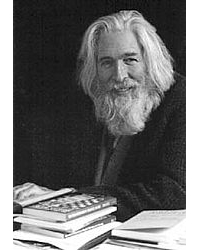Paul Krugman, having apparently received another of his divine revelations, proclaims that if we demand (somewhat) better working conditions in Third World countries (backed up, presumably, with boycott threats), “we can achieve an improvement in workers’ lives … And we should go ahead and do it.”
Don’t ask how he knows; the ways of the Oracle are mysterious and beyond human ken.
Look. A well designed policy of boycotts and boycott threats can certainly improve working conditions in the Third World. It can also lower either wages, employment or both. Whether or not that package amounts to “an improvement in worker’s lives”, as Krugman puts it, is an interesting and important question, and well worth thinking about. But apparently the last thing Krugman wants you to do is think about it, since he’s already told you the answer, and seems to presume you won’t have the slightest interest in where it came from.
Now, among the many differences between me and Paul Krugman, there are probably some that redound to his credit. But his propensity to hide all of his reasoning (if any) is not one of them. Compare, for example, my blog post of a few years ago on working conditions in 1911 New York City, when the Triangle Shirtwaist fire claimed 146 lives, most of them young women, partly because the fire exits were blocked to prevent pilfering. Would workers in 1911 have wanted safer working conditions (including unblocked fire exits)? This was my answer:
Continue reading ‘The Road Not Taken’











